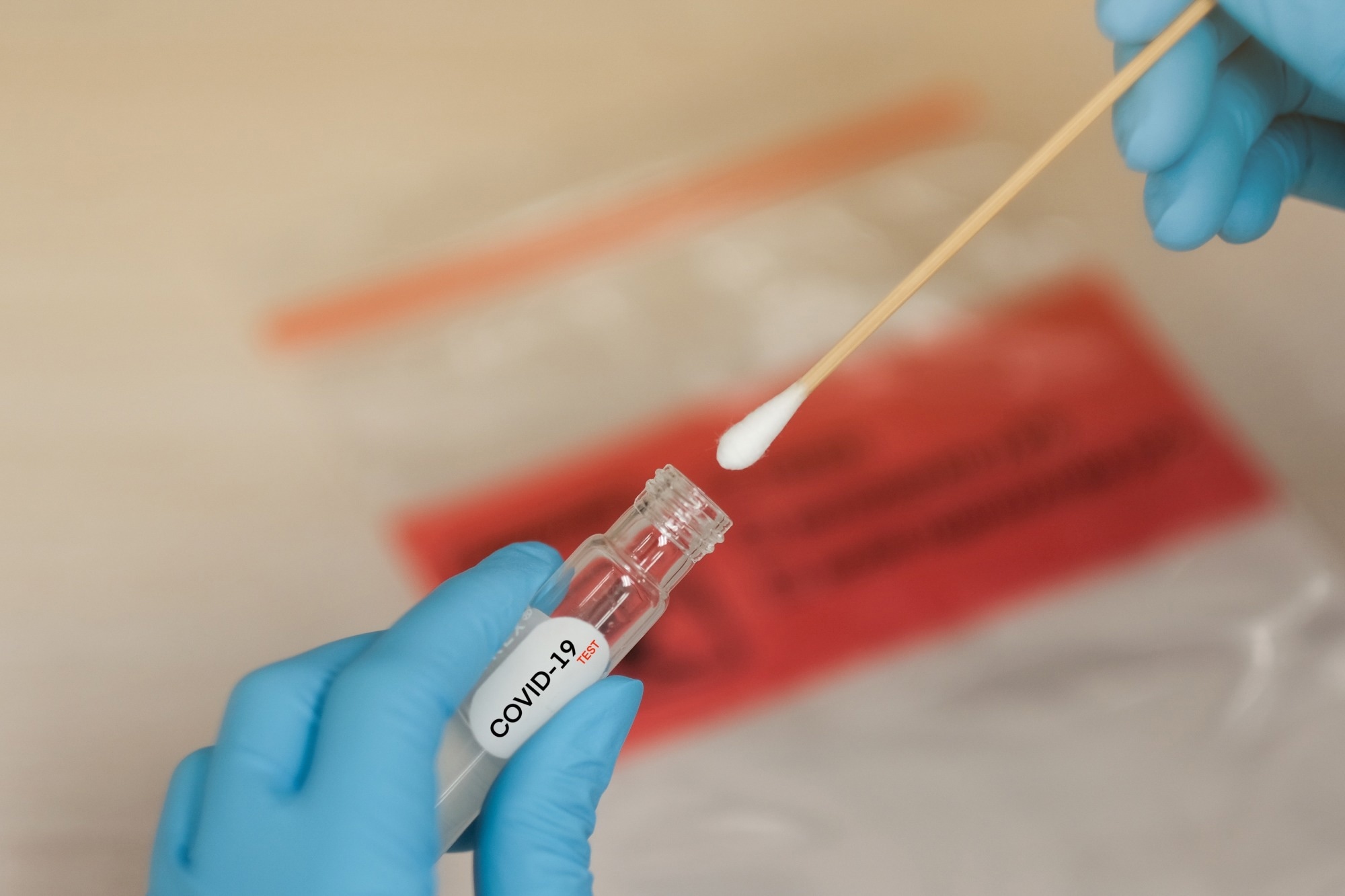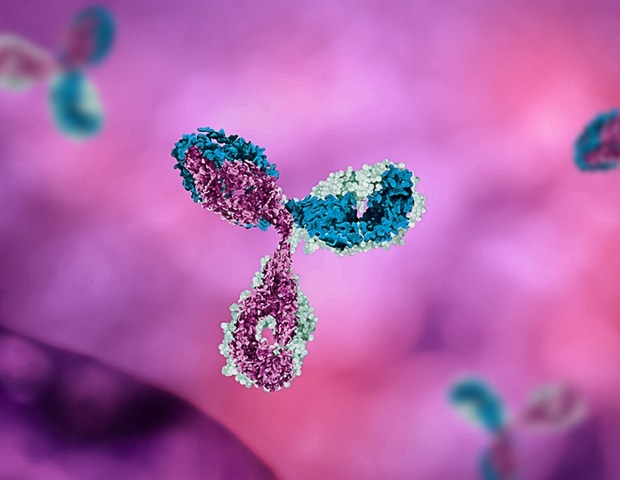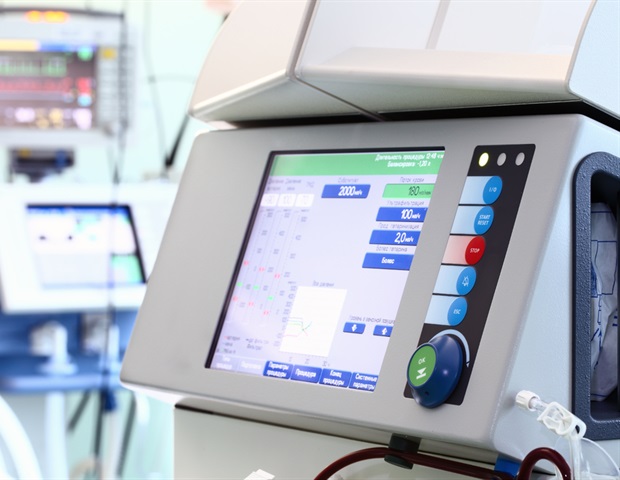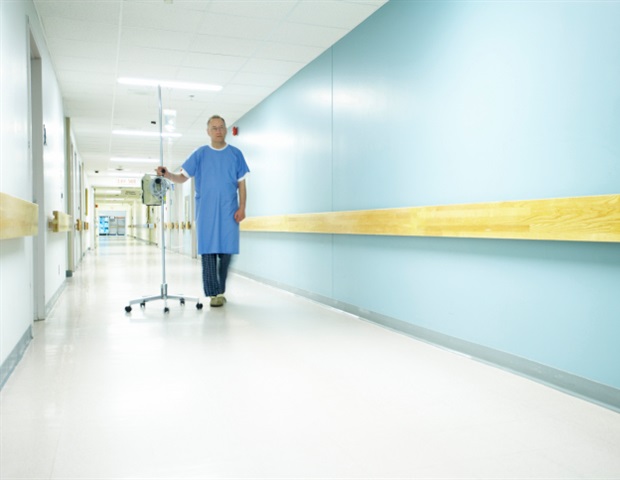In a recent study posted to the medRxiv* server, researchers investigated early biomarkers of post-acute sequelae of severe acute respiratory syndrome coronavirus 2 (SARS-CoV-2) infection (PASC) in a household-based cohort of individuals intensively sampled during the acute phase of coronavirus disease 2019 (COVID-19).
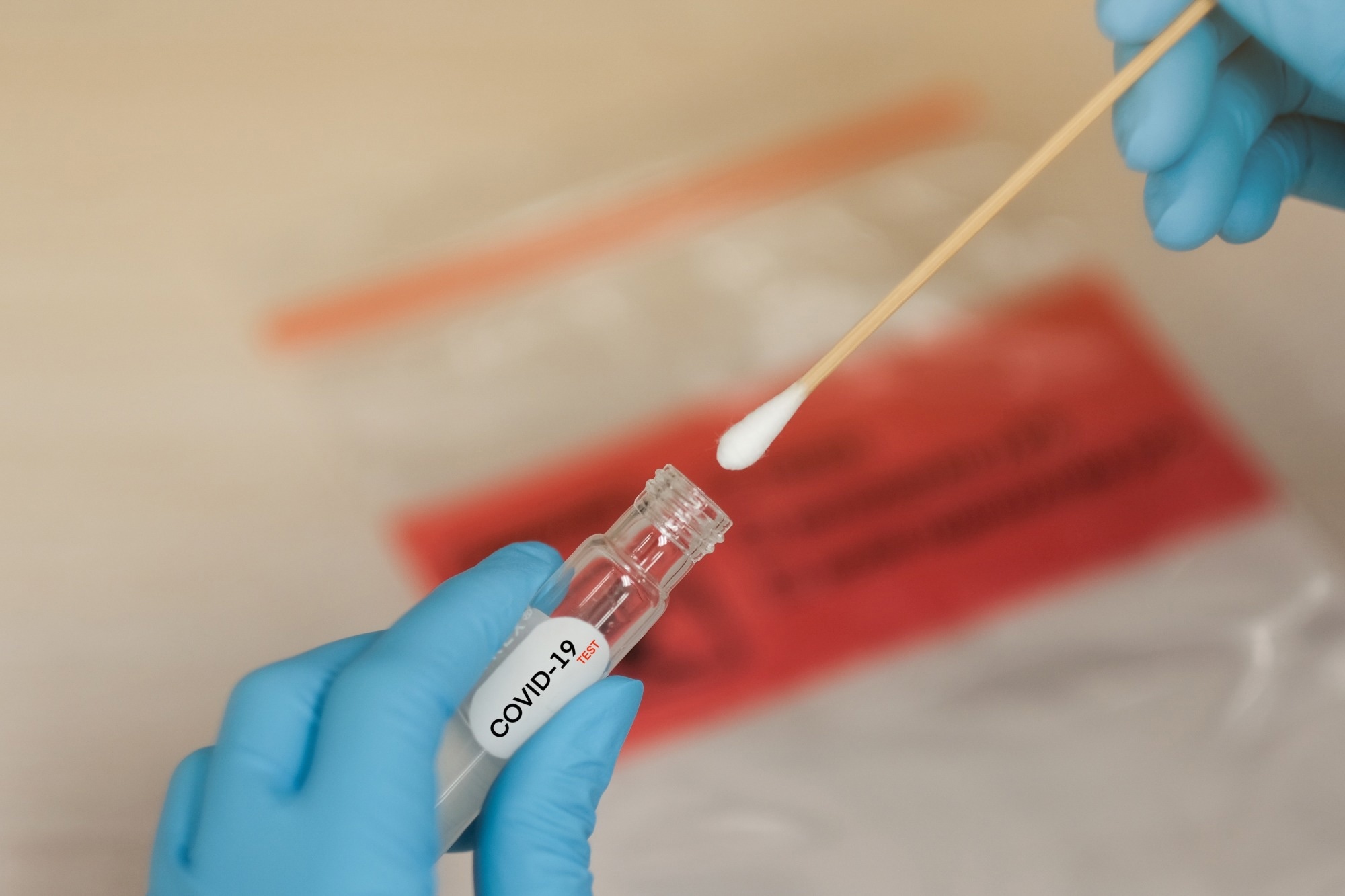




Specifically, they investigated the persistence of SARS-CoV-2 antigens and immune dysregulation as the two mechanisms driving PASC.
Background
Previous studies following up with COVID-19 patients early during the acute phase of illness focused on shorter-term outcomes, relatively small study populations, and less frequent sample collection time points.
Some recent studies have found an association between PASC and prolonged viral clearance plus distinct early immune signatures. A study identified subgenomic RNA in tissue sites at autopsy for up to six months post-COVID-19.
Another study showed that PASC patients had increased levels of some inflammatory markers for at least a year following infection, e.g., interleukin-6 (IL-6), IL-1B, and tumor necrosis factor-alpha (TNF-), but not those who fully recovered.
Nearly 1 in 10 US adults who have had COVID-19 also reported having PASC, i.e., persistent symptoms in the months following the acute phase of the illness. As its pathogenesis remains unclear, there is a need for more studies investigating the mechanisms contributing to this condition.
About the study
In the present study, researchers enrolled 136 participants within five days of their first SARS-CoV-2-positive real-time reverse transcriptase-polymerase chain reaction (RT-PCR) test result. They asked all the study participants to self-collect nasopharyngeal samples up to 21 times in the first 28 days after symptom onset.
A study interviewer administered clinical questionnaires to all the participants to gather key sociodemographic, medical history, quality-of-life, symptomatology, and vaccination data. Symptom items covered 32 pre-selected symptoms.
The team also collected their blood samples at enrollment and multiple other time points, i.e., days 9, 14, 21, 28, and four and eight months post-symptom onset. They considered a patient had PASC if they reported having new or worsening symptoms since the diagnosis of SARS-CoV-2 infection at their fourth-month visit.
Eventually, they compiled all data to compare viral and host immunity markers in the patient’s plasma over the complete duration of acute illness.
The former comprised quantity of viral ribonucleic acid (RNA) load, its infectious component, the time duration of its persistence, and plasma SARS-CoV-2 nucleocapsid (N)-antigen level, whereas the latter included IL-6/10, TNF-α, interferon-alpha (IFN-α)/IFN-γ, interferon-gamma inducible protein-10 (IP-10), monocyte chemoattractant protein-1 (MCP-1), and Spike (S) receptor binding domain (RBD) immunoglobulin G (IgG).
They used quantitative RT-PCR targeting N and envelope (E) genes of the SARS-CoV-2 genome to assess viral RNA titers in the samples and a conventional plaque assay to quantify its infectious viral titers. Likewise, they used a cytopathic effect (CPE) in Vero113 hACE2-TMPRSS2 cells to measure SARS-CoV-2 infectivity.
The team used a logistic regression model followed by marginal effects to calculate adjusted risk ratios (aRR) and compare non-infectious and infectious viral shedding and viral load from RT-PCR of nasal samples.
Since viral load and antibody results were presented non-linearly, the team log-transformed the results for comparison. Moreover, they restricted antibody analyses to unvaccinated participants. Furthermore, the researchers graphically summarized the differences in the distribution and magnitude of each analyte evaluated in this study.
Results
Of 136 study enrollees, 104 completed at least one visit after they developed PASC. They contributed at least one nasal sample for infectious viral titer and viral RNA load testing.
However, only 80 of 104 participants provided blood samples for SARS-CoV-2 N-antigen and inflammatory marker testing.
The median age of participants in this diverse study cohort was 35.5 years, and 77% had no pre-existing diseases. Most participants had infection by a pre-Omicron strain of SARS-CoV-2, and 65% had not received a SARS-CoV-2 vaccine before that.
During the acute illness duration, 96 out of 104 participants had at least one symptom with an average of nine symptoms, with the most common acute symptoms being fatigue, cough, rhinorrhea, headache, and sore throat.
The most important finding of this cohort study was that early viral dynamics and adaptive immune responses were the key early biological determinants of PASC, suggesting that individuals who could control viral replication and ongoing viral persistence likely quickly recovered from infection early and never experienced PASC. Thus, it seems justified to evaluate giving early antiviral therapy to mitigate PASC development in the future.
The authors also noted that higher antigen burden during the acute infection phase and immune response in response to that burden contributed to the PASC development in the following months.
The first nine days following COVID-19 diagnosis were crucial; thus, a less robust humoral immune response and prolonged shedding of infectious viruses during those nine days likely led to PASC. Other important factors in PASC pathogenesis were viral load and time of antibody development.
Conclusions
According to the current study results, all identified early biological determinants of a larger cascade of events during the earliest (acutest) days of SARS-CoV-2 infection appear relevant in PASC pathogenesis.
However, future studies should evaluate the early biological markers identified in this study to elucidate the causal mechanisms of PASC and a better mechanistic understanding of this condition.
Studies should also evaluate whether early interventions, such as antiviral therapies, monoclonal antibodies, or therapeutic vaccination, could alter the magnitude\duration of infectious viruses and the associated immune response to affect PASC development.






Journal reference:
- Preliminary scientific report.
Lu S, Peluso MJ, Glidden DV, et al. (2023). Early Biological Markers of Post-Acute Sequelae of SARS-CoV-2 Infection. medRxiv. doi: 10.1101/2023.07.14.23292649

